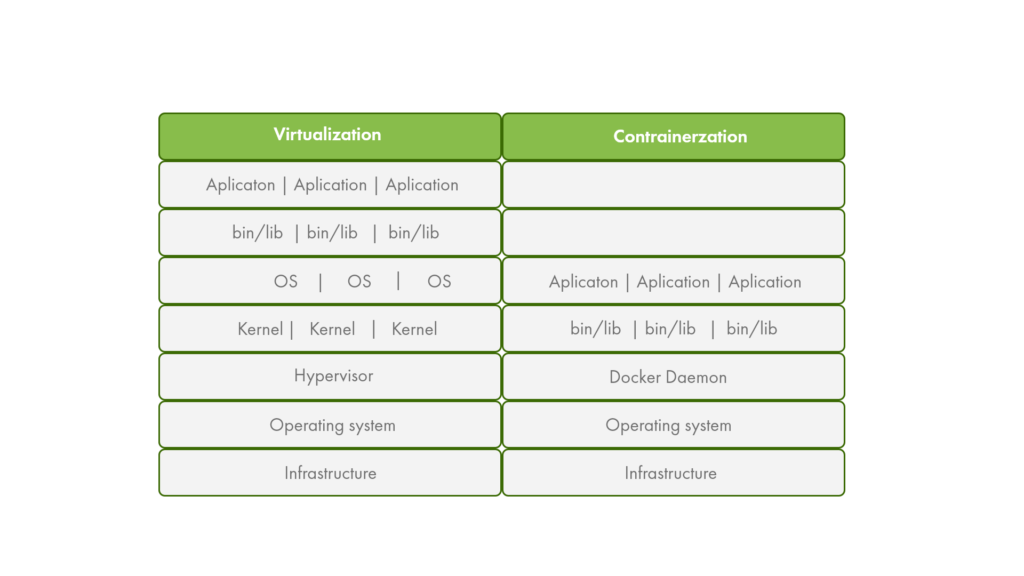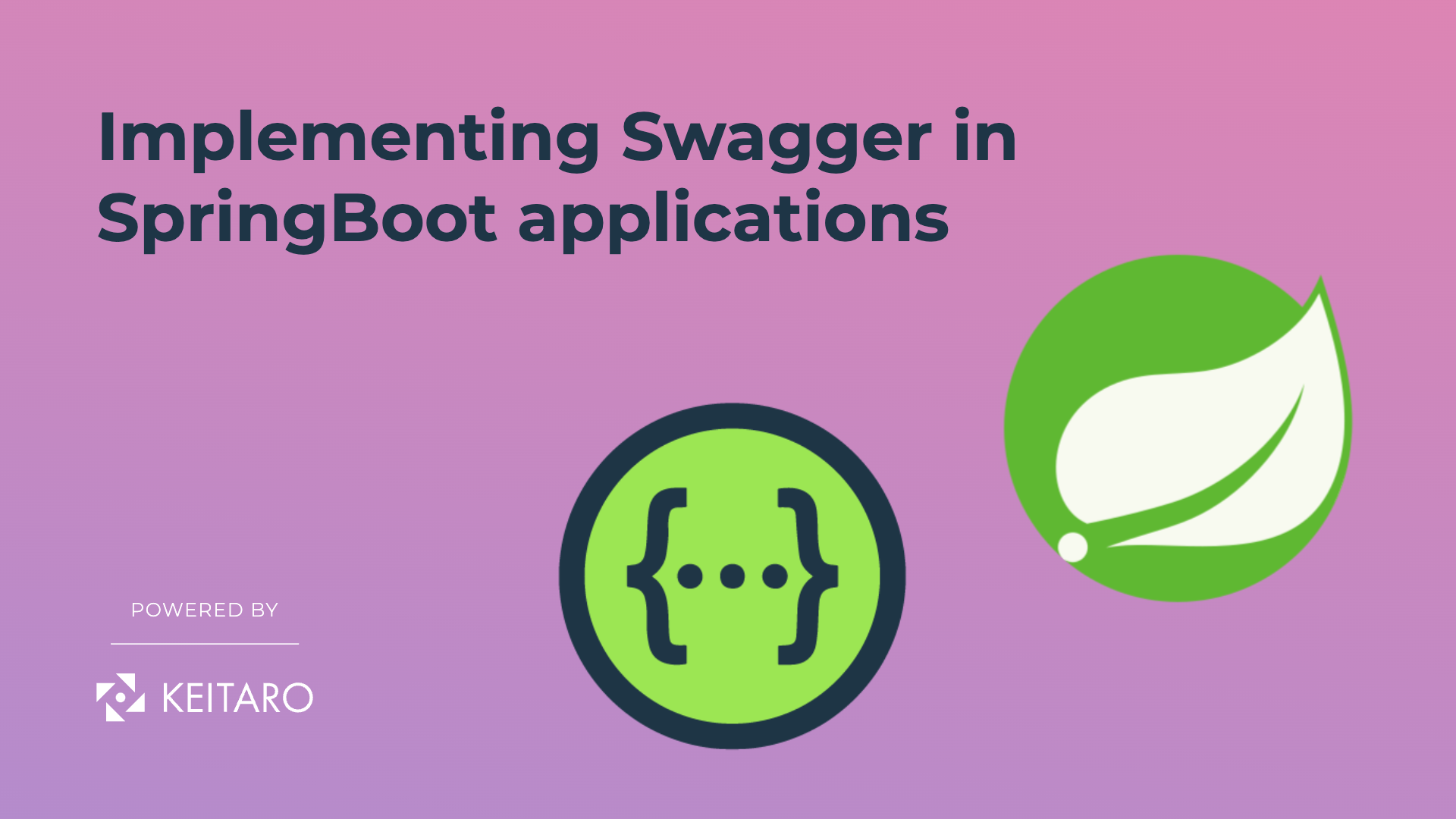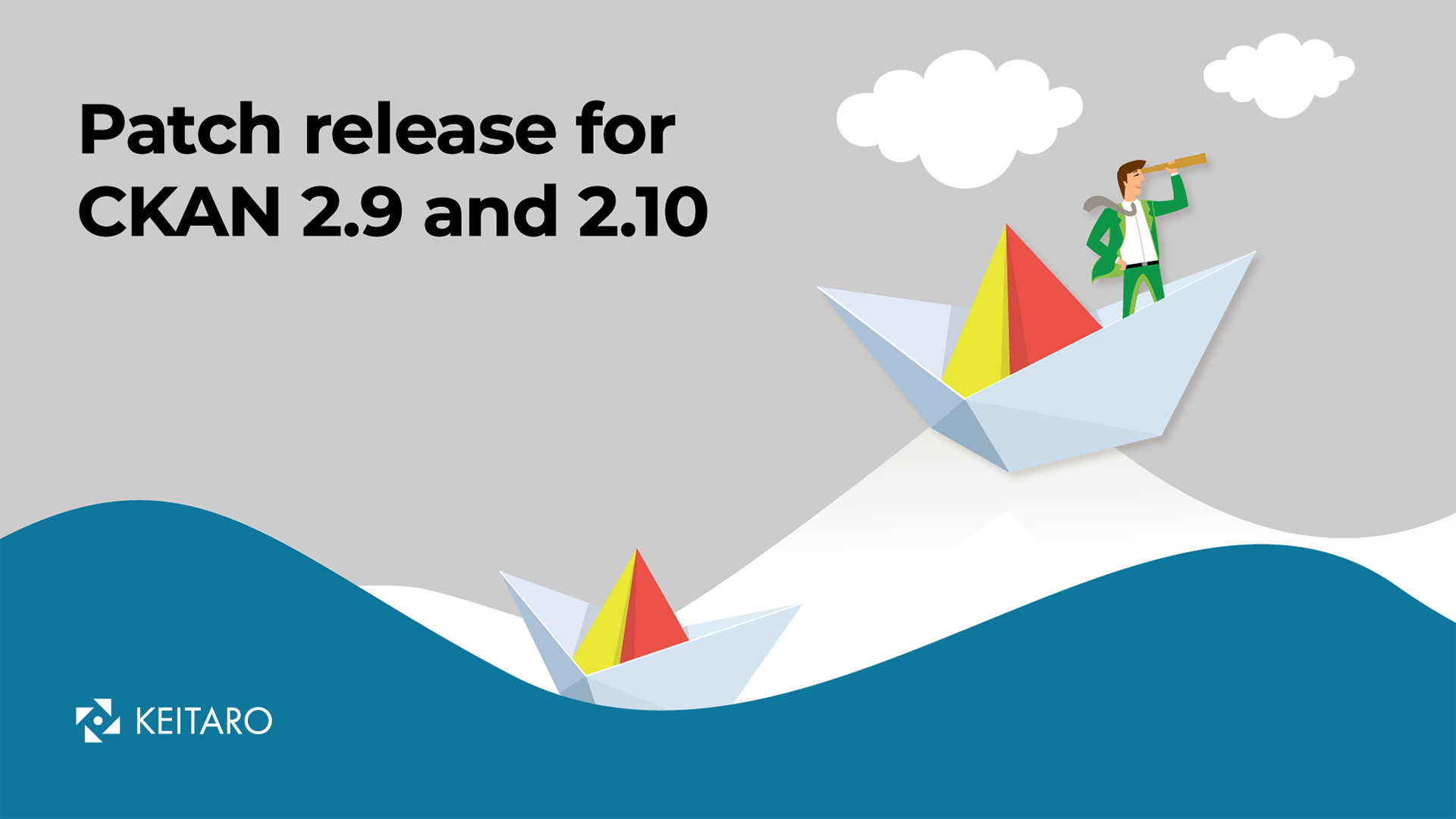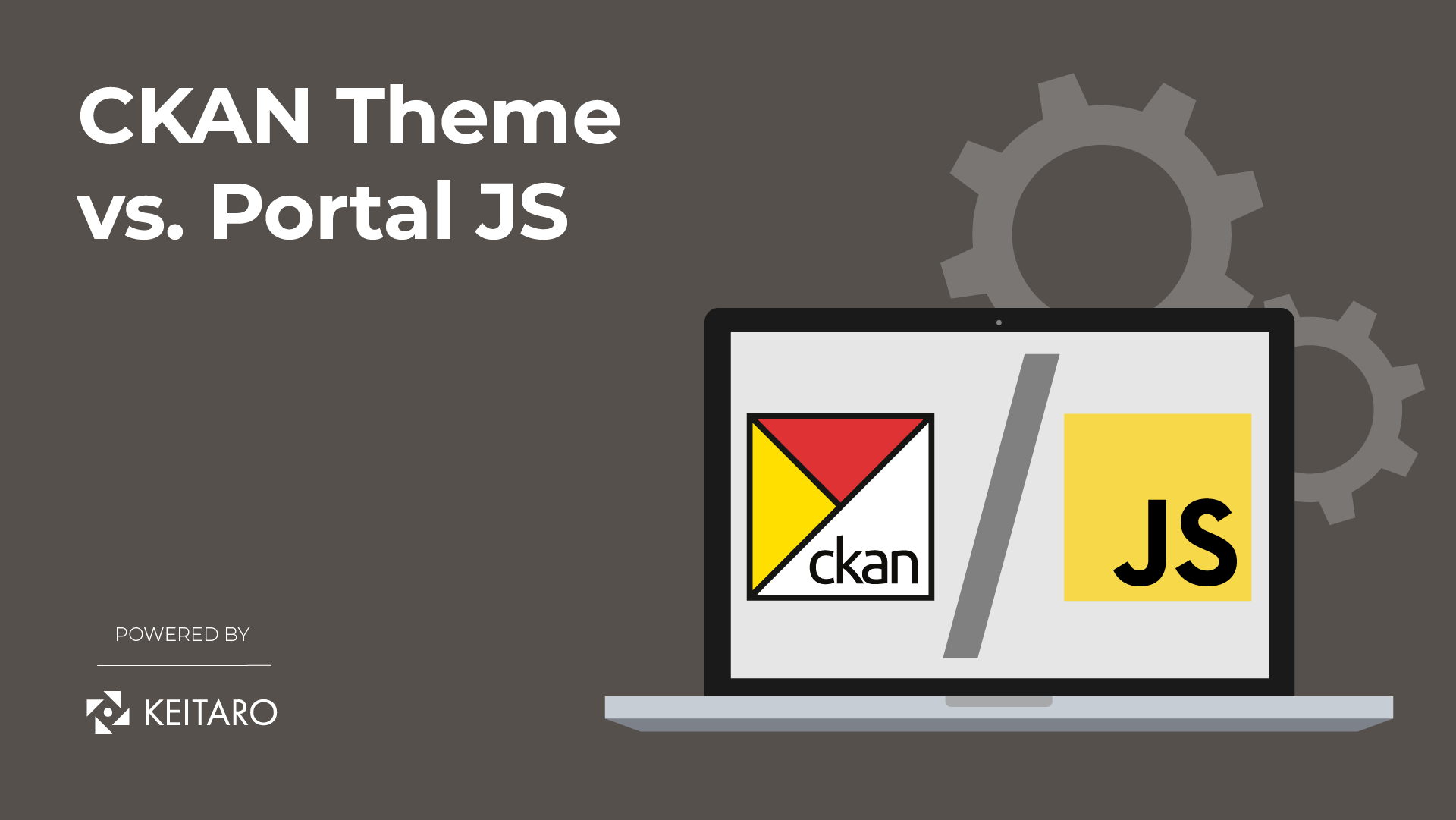Introduction
In order to read this blog, text your friends, watch a movie and so on, you will need to use a computer. They are built with physical parts called hardware and can be difficult to use on a daily basis. To make this process way easier, we add the part called software. Examples of operating system softwares are Windows, Linux, Mac OS, Android and a few more.
Operating systems are a special type of software designed specifically to control hardware. The hardware has a specification of resources that can be utilized, and the operating systems require a portion of those resources to function properly.
Virtual machines and containers are effective techniques for reducing costs and improving software deployments across multiple platforms and machines, and both may help the IT team become more agile and responsive to business objectives. In this blog, we’ll discuss the usage of resources via virtual machines and Docker containers, as well as the architecture that supports them.
Virtualization vs. Containerization
With the rapid technical advancements, it is critical that we get familiar with the language and meaning of the systems we use. Virtual machines and containers are both widely utilized and while there are crucial distinctions, they are sometimes confused. The question of whether virtualization or containerization is better is frequently raised. The answer is not straightforward because it is very dependent on the users and business needs. Let’s take a look at them.
Virtualization
Virtual Machines allow us to run several operating systems on the same host, allowing us to run one application in isolation from other applications on the same infrastructure. In other words, it allows us to run completely different operating systems on the same host (a computer as a physical machine).
Additionally, numerous applications can be run simultaneously on the same device.
When it comes to virtual machines, there is a notion known as virtualization, and here’s how it works from the bottom up. Infrastructure is actually hardware, and it can be anything from a laptop to a desktop computer. At the very top of the infrastructure, an operating system must be configured. Oftentimes, this is Linux although it might also be Windows or one of the other operating systems. Then there’s a hypervisor, which isolates desktop environments within a file system. VMware and VirtualBox are examples of hypervisors. Finally, in order to run an application on top of a distinct operating system, it is necessary to configure separate operating systems and install the binaries and library packages required for that application.
Virtualization, however, is costly since it requires running several kernels and operating systems, which means that extra resources, such as more RAM, must also be provided. So, while virtualization has its advantages, it isn’t the ideal technology to use nowadays.
Containerization
Starting at the bottom, here’s how containerization works. The infrastructure and host operating system layer is identical to that in virtualization as described above, with the exception that the docker daemon is installed instead of the hypervisor.
Docker daemon is a process that runs and manages containers on the system, as well as the images that are created and some other docker-related items. This process runs indefinitely and distributes resources to all running applications. The applications that we’re running are all operating on the same host machine.
An image is a clone of a single application, and running an instance of an image is referred to as a container.
Docker images are the context of Docker Container. Docker is awesome because it’s lightweight, portable, and fast, and because there’s no hypervisor involved. Also, it uses the same resources as the host OS. Some other benefits of using Docker are:
- Managing dependencies is a lot easier
- Faster and more efficient use of resources
- Portable
- Uses the same host
- Enhanced security management
- Increased productivity
- Improved software delivery
- Faster and easier configuration
- Applications run in isolated environments.

Final thoughts
When it comes to running numerous apps on a server or managing multiple operating systems at once, virtual machines are ideal for supporting applications that require full functionality of the operating systems.
When the primary goal, however, is to reduce the number of physical servers required to run many applications, containers are a preferable option. Furthermore, when it comes to containers, the issue of “It works on my machine but not on theirs!” is resolved because the images contain all of the dependencies from the application to the OS dependencies on any computer.



